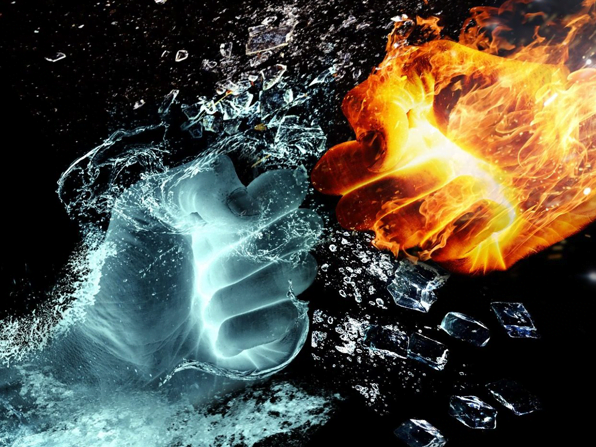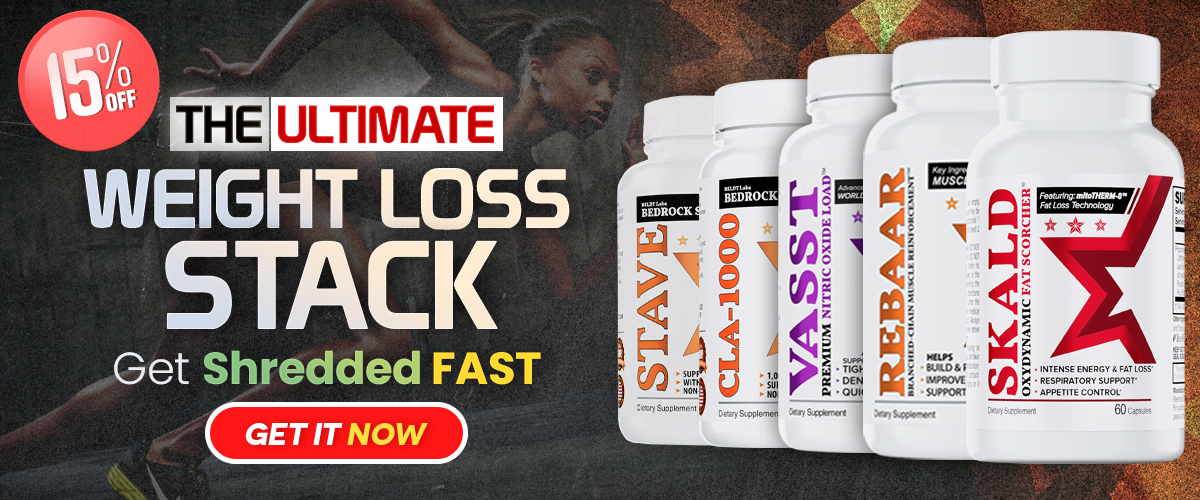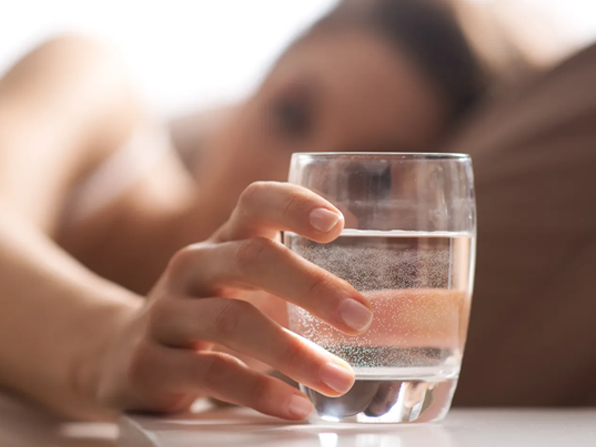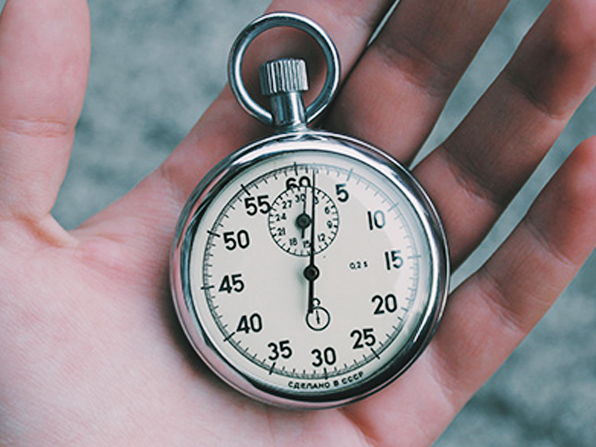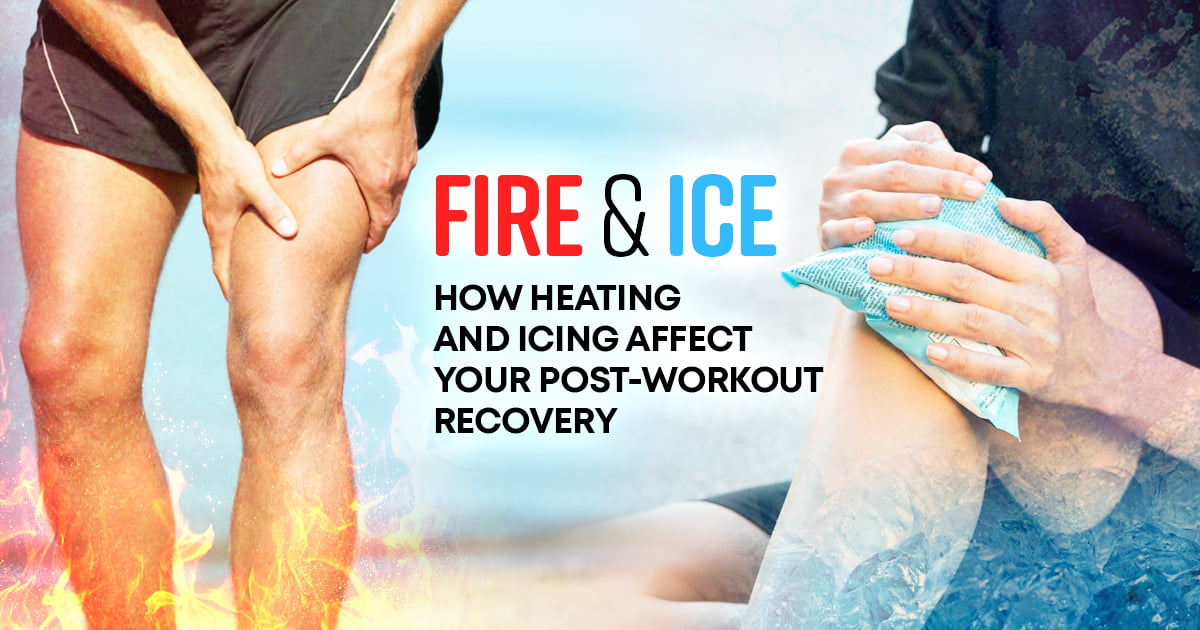
We look at the age-old debate of hot versus cold in recovery and which is best for your needs
Let's face it: your post-workout routine is just as important as your pre-workout routine, especially after an intense training session. Neglecting post-workout care can lead to many issues that may affect your overall gains or worse, cause injury.
When you're looking to improve your overall fitness, strength and endurance – heavy weights, shorter rest and more reps is a formula many athletes adopt. But continually engaging in that type of routine can exhaust the body and lead to burnout and fatigue.
Fortunately, research shows there is another way to continually improve your endurance that doesn't involve pushing your body to the limit: recovery. When approached strategically, recovery can be one of the most beneficial additions to your fitness routine to avoid injury while helping you see bigger gains.
One of the most common questions regarding recovery is the benefits of heating vs cooling muscles to optimize recovery.
The How’s and Why’s of Heat Recovery
Other than taking a hot bath to reduce aches and soreness, researchers have found other fitness and health benefits of taking a hot bath. Some animal studies indicate that heat stress after exercise enhances fitness training adaptations at the cellular level. Animals exposed to exercise followed by heat stress had increased levels of mitochondrial enzymes in skeletal muscles. These changes contribute to improved fitness and endurance.
Yet another research study demonstrated improved cardiovascular health in people who took hot baths 4-5 times per week over 8 weeks. These studies tell us that taking a hot bath alone can potentially improve your endurance, and when combined with an effective exercise routine, can help you improve your gains.
If you’re looking to improve your range of motion, heat is your best choice post-workout, especially if you’re feeling stiff or sore. As an example of the incredible benefits of heat therapy, a recent study shows that applying heat for as little as 15 minutes through a heat pack or hot bath resulted in increased range of motion in participants suffering from joint related injuries.[1]
Heat can be a great option when you're feeling pain anywhere in the body. Heat increases the blood flow to the area where it is applied. This increased blood flow results in more protein, nutrients, and oxygen being delivered to the treatment site, aiding in the healing process. Additionally, heat improves the body's ability to cleanse out metabolic byproducts caused by tissue damage, which also helps facilitate the healing process.[2]
When Icing is the Best Option
When you're looking for immediate relief post-workout or from an injury, experts agree that ice is the best option to maximize pain-relieving benefits.
Our skin is incredibly receptive to changes in temperature, and when cryotherapy is used, the body responds by restricting blood flow to the treatment area. This restriction decreases muscle spasms and inflammation, which are key players in causing pain. When you're seeking immediate relief from pain, immersing yourself in cold water is the best option, though cold packs, cooling sprays, and ice massages are also good choices.[3]
One thing to note is that research has shown that cryotherapy can result in additional stiffness. Something to keep in mind, what you get in immediate pain relief you might trade for stiffness in that treated area. It's essential to consider this when identifying your recovery goals and how quickly you want to get back to your regular workout routine and level of intensity.
When More is Better…
Since there's no scientific consensus that proclaims one type of therapy is better than the other, feel free to use them as you see fit. Some elite athletes incorporate both into their recovery routines with great results through a practice known as contrast water therapy (CWT) in which they switch between hot and cold-water baths. This form of treatment increases blood flow, which aids in reducing inflammation while also improving range of motion.[4]
In addition to heat or cold therapy, there are other options to incorporate into your recovery routine to maximize your results. Foam rolling, massage, and percussive therapy are a few good options. No matter what option or combination you choose, pairing it with a comprehensive supplement regimen will better support your ability to build endurance, strength, & stamina, while achieving optimal recovery.
Try the Ultimate Weight Loss Stack by BELDT Labs, it combines a powerful fat burner, amino acids, AKG, CLA and Garcinia Cambogia so you can accelerate weight loss and better control your metabolism, energy levels, recovery, and fat oxidation.
Rest and recovery are necessary for achieving your goals, whether those goals are weight loss or increasing your lean muscle mass. Experiment a bit with heat and cold therapy to find what works best for your body and goals. And when you add other supportive recovery elements into your plan, like massage and supplementation, you'll eventually find the ideal routine that helps you maximize your body's potential.
[1] Szekeres, M., MacDermid, J. C., Grewal, R., & Birmingham, T. (2017). The short-term effects of hot packs vs therapeutic whirlpool on active wrist range of motion for patients with distal radius fracture: A randomized controlled trial. Journal of Hand Therapy. Link
[2] Point, M., Guilhem, G., Hug, F., Nordez, A., Frey, A., & Lacourpaille, L. (2018). Cryotherapy induces an increase in muscle stiffness. Scandinavian Journal of Medicine & Science in Sports, 28(1), 260-266
[3] Herrera, E., Sandoval, M. C., Camargo, D. M., & Salvini, T. F. (2010). Motor and sensory nerve conduction are affected differently by ice pack, ice massage, and cold water immersion. Physical Therapy, 90(4), 581-591. Link
[4] Bieuzen, F., Bleakley, C. M., & Costello, J. T. (2013). Contrast water therapy and exercise induced muscle damage: a systematic review and meta-analysis. PLoS One, 8(4), e62356. Link

